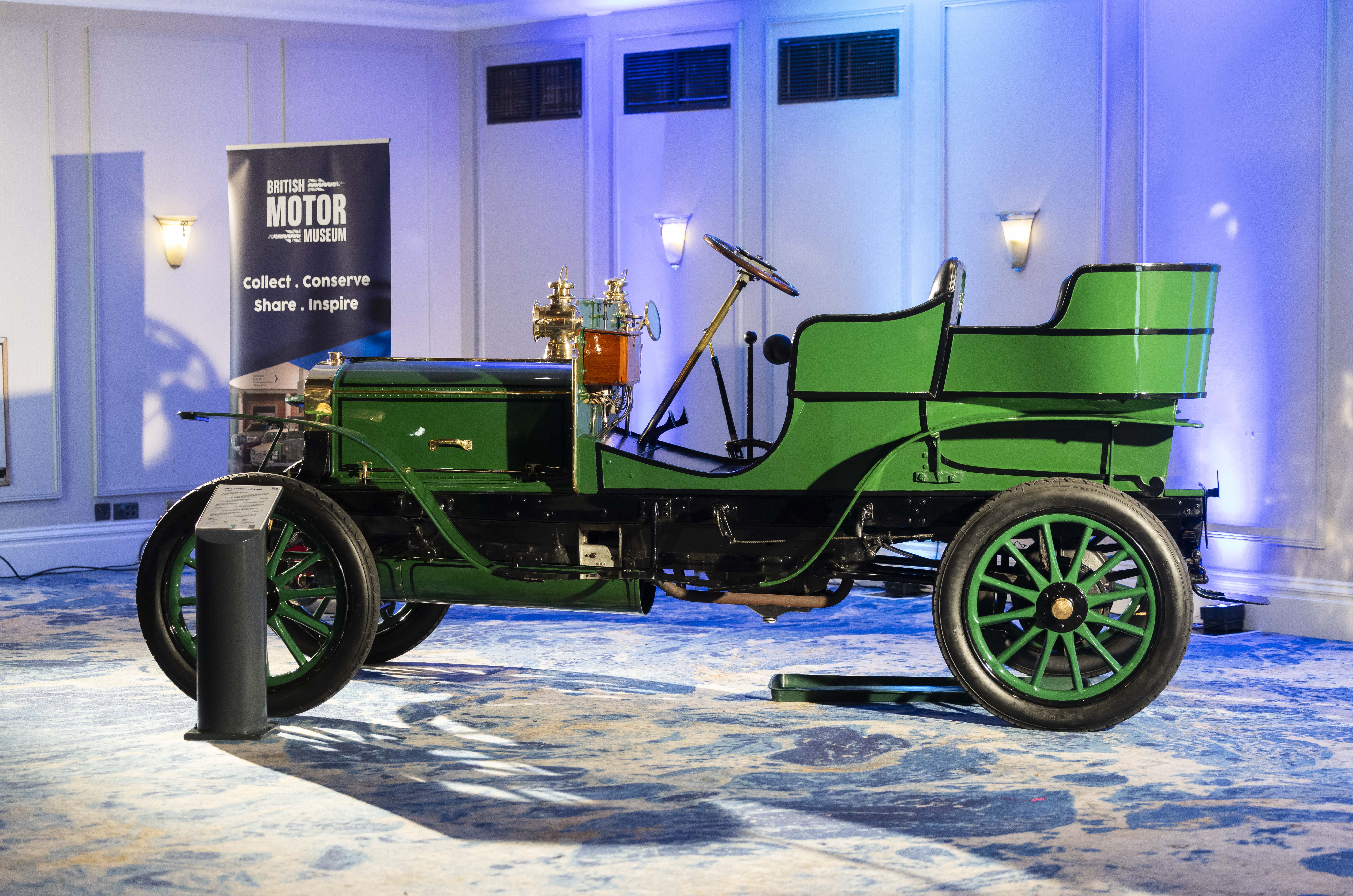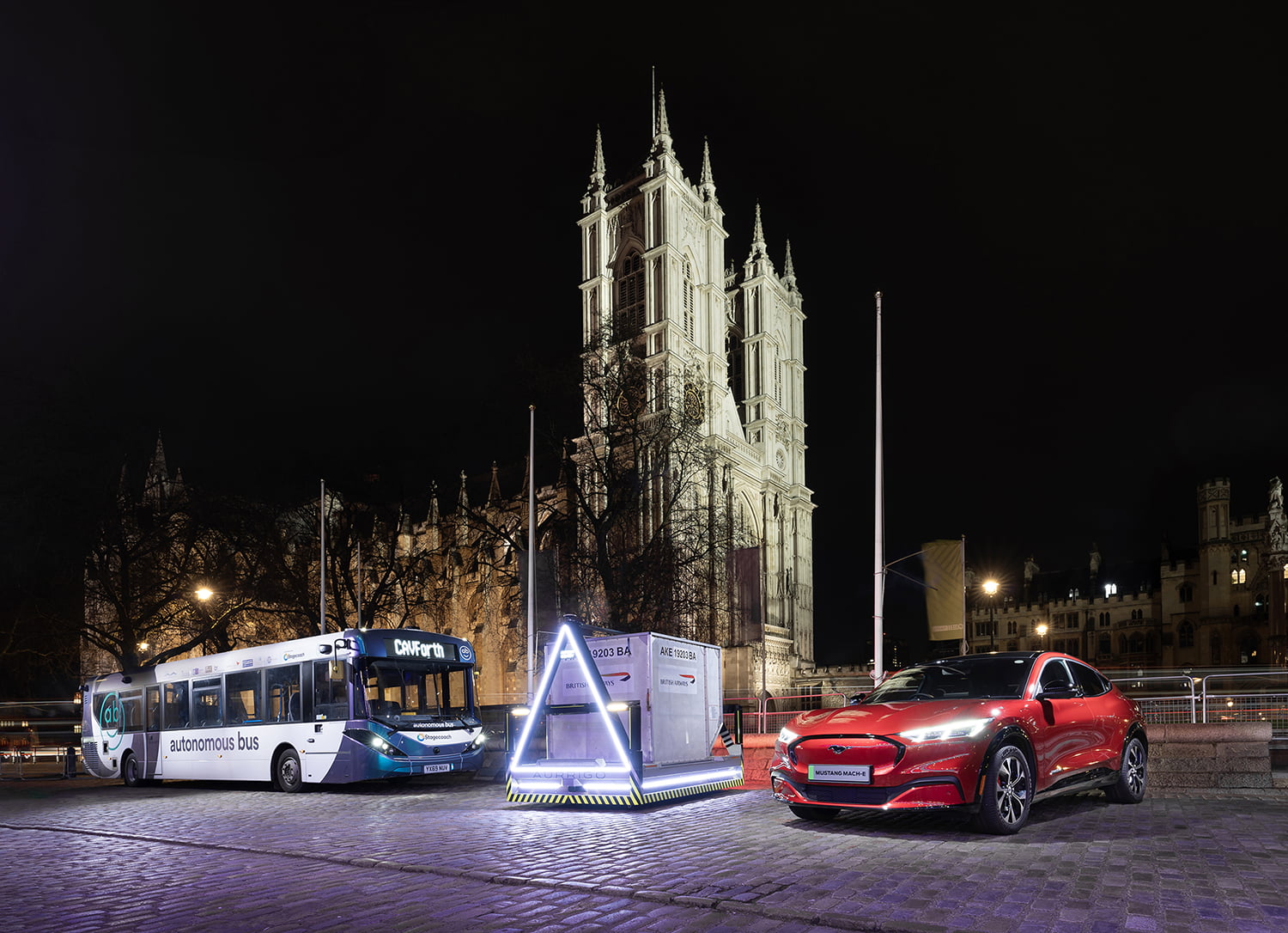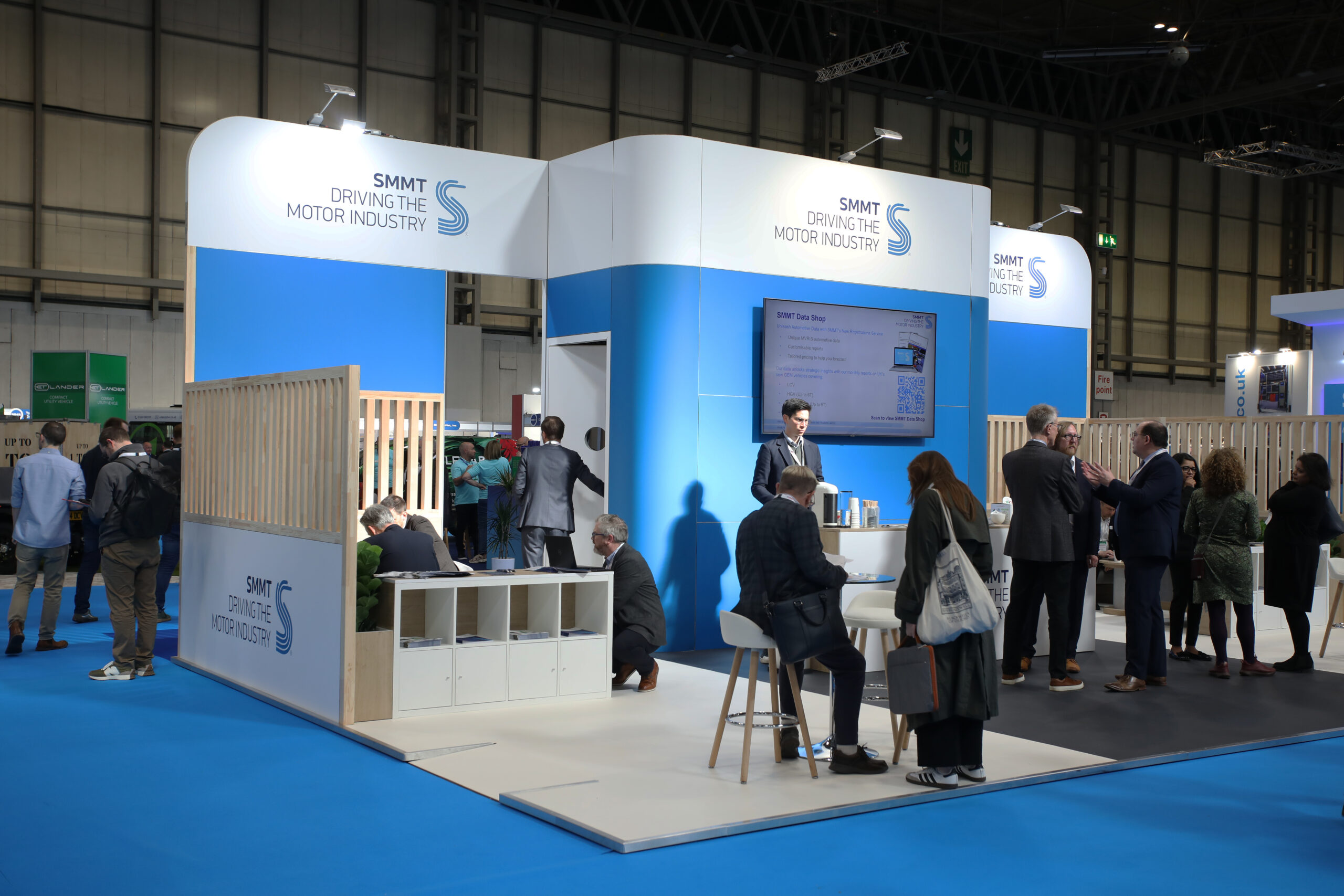
- Four automotive apprentices win once-in-a-lifetime experience to drive 1904 Thornycroft Tourer in the world’s longest-running motoring event.
- Competition launched by SMMT and British Motor Museum to celebrate industry’s apprenticeship talent, with winners from Aston Martin Works, Bentley, Caterpillar and JLR.
- Apprentices reflect how far auto skills and vehicles have travelled in past century, from early petrol engines to the very latest and advanced technology.
Four talented automotive apprentices have won a once-in-a-lifetime chance to drive a 121-year-old car in the Veteran Car Run, the world’s longest-running motoring event, later this year.
The rare opportunity to get behind the wheel of a 1904 Thornycroft Tourer follows a competition launched by SMMT in partnership with the British Motor Museum to mark National Apprenticeship Week, with ambitious apprentices sharing personal stories of how automotive heritage has inspired them to pursue a dream career in the sector.1
The winning four – Matthew Cresswell, Product Design & Development Engineer Apprentice at Caterpillar; Matt Ferley, Panel Shop Apprentice at Aston Martin Works; Connor Heath, Applied Professional Engineering Apprentice at JLR; and Sophie Reynolds, Project Management Apprentice at Bentley – represent a new generation of talent getting to grips with the industry’s very latest skills while understanding the role of past innovation in the UK automotive industry’s success.
The Basingstoke-built Tourer was a cutting-edge innovation upon its debut in 1904, fitted with a prop shaft instead of a chain drive to enhance its smoothness and helping it finish first in the Veteran Car Run – previously called the Commemoration Run – on several occasions prior to the Second World War. More than a century on, technological innovation remains at the core of the industry, with new vehicles now powered by different energy sources, including more than 130 car models now available as zero emission.2
While there are more than one million electric cars currently on the road in the UK,3 there are just two examples of the Tourer – making it a prized possession in the British Motor Museum’s collection.
The apprentices now have the chance to learn how to drive the Tourer and operate its Edwardian-era transmission, steering and braking systems during a visit to the British Motor Museum this Summer, before embarking on the 60-mile run between London to Brighton on 2 November.
Mike Hawes, SMMT Chief Executive, said, “What’s considered cutting-edge technology has changed dramatically over the past century – with zero emission cars now a familiar sight on our roads, and vehicles that may not even require a human driver likely to arrive soon. What has stayed constant, however, is the automotive industry’s boundless capacity for innovation, driven by a talented and passionate workforce. It is immensely inspiring to see a new generation of apprentices embrace the challenges facing the industry but also retain a keen interest in its illustrious British history.”
Stephen Laing, British Motor Museum’s Head of Collections & Engagement, said, “Cars like the Thornycroft represent an era of rapid change in the early 1900s, employing the brightest of minds to design, build and sell the latest in technology, the motor car. How history repeats itself! We’re delighted that some of 2025’s top-level apprentices will be joining us on the unique experience that is the Veteran Car Run.”
Apprenticeships are a crucial recruitment path for automotive employers seeking to develop new talent and add in-demand skills to their workforce, particularly given the rapid pace of technological development, with more than 3,200 people having started an apprenticeship in the past two years alone.4
Veteran cars, meanwhile, defined as those built before the First World War, remain a thriving part of the UK automotive landscape, with hundreds of historic models built before 1905 set to join the 123rd edition of the prestigious event this year.5
The Run itself began in November 1897 to celebrate the Light Locomotives on the Highway Act, passed the year before, which raised the speed limit for light vehicles from 4mph to 14mph – an early example of how legislative change can unlock innovation such as that seen in the Thornycroft Tourer, and in the years that followed.
Notes to editors
1 Hi-res quotes from competition winners available via Dropbox.
2 Brits enjoy greenest ever car choice with record two in five models available as battery electric, SMMT.
3 More than a million EVs on UK roads as vehicle ownership reaches new high, SMMT.
4 SMMT Sustainability Report 2025; SMMT Sustainability Report 2024.
5 To qualify for the Veteran Car Run, vehicles must be built before 1 January 1905.


